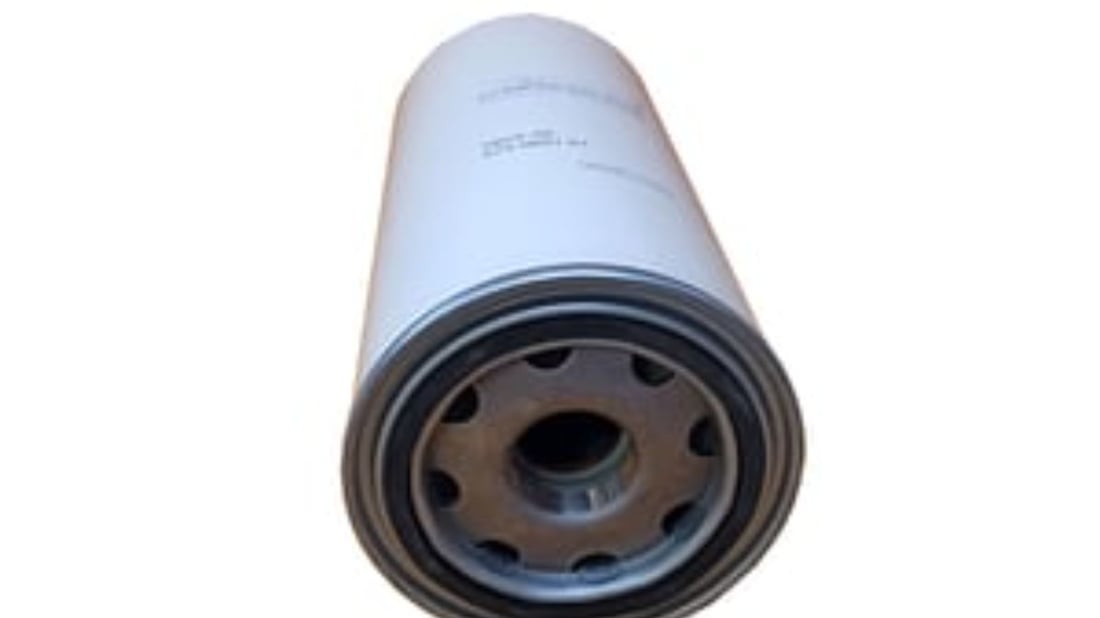A Boge Oil Gas Separator is a crucial piece of equipment used in the oil and gas industry to separate oil and gas from liquid. It plays a vital role in the production process by removing unwanted contaminants and ensuring that only clean oil and gas are transported.
How Does a Boge Oil Gas Separator Work?
The operation of a Boge Oil Gas Separator is based on the principle of gravity separation. When the oil and gas mixture enters the separator, it moves through a series of baffles and filters that help separate the different components based on their density. The lighter gas rises to the top, while the heavier oil collects at the bottom, allowing for easy extraction.
Benefits of Using a Boge Oil Gas Separator
There are numerous benefits to using a Boge Oil Gas Separator in oil and gas production. Some of the key advantages include improved efficiency, reduced maintenance costs, and increased safety by preventing equipment damage and corrosion.
Types of Boge Oil Gas Separators
There are various types of Boge Oil Gas Separators available, including vertical separators, horizontal separators, and spherical separators. The choice of separator depends on factors such as the volume of oil and gas to be processed, operating pressure, and space constraints.
Key Components of a Boge Oil Gas Separator
A typical Boge Oil Gas Separator consists of several key components, including an inlet nozzle, gas outlet, liquid outlet, demister pad, and pressure relief valve. Each component plays a critical role in ensuring the efficient separation of oil and gas.
Applications of Boge Oil Gas Separator
Boge Oil Gas Separators find widespread applications in various industries, including oil refineries, petrochemical plants, natural gas processing facilities, and offshore drilling platforms. They are essential for separating oil and gas from water and other impurities.
Important Considerations When Choosing a Boge Oil Gas Separator
When selecting a Boge Oil Gas Separator for a specific application, it is essential to consider factors such as the flow rate, operating pressure, temperature, and the composition of the oil and gas mixture. Additionally, the size and capacity of the separator must be compatible with the production requirements.
Maintenance and Cleaning of Boge Oil Gas Separator
Regular maintenance and cleaning of a Boge Oil Gas Separator are essential to ensure optimal performance and prolong the lifespan of the equipment. This includes regular inspections, cleaning of filters and baffles, and checking for any leaks or damages.
Best Practices for Operating a Boge Oil Gas Separator
To maximize the efficiency and longevity of a Boge Oil Gas Separator, it is important to follow best practices for operation. This includes monitoring pressure and temperature levels, checking for any abnormal noises or vibrations, and conducting regular tests to ensure proper functioning.
Conclusion
In conclusion, a Boge Oil Gas Separator is a critical component in the oil and gas industry for separating oil and gas from liquid. By understanding how these separators work, their benefits, types, key components, applications, and maintenance practices, industry professionals can optimize their production processes and ensure the quality of oil and gas products.
Quote Inquiry
Contact us!

